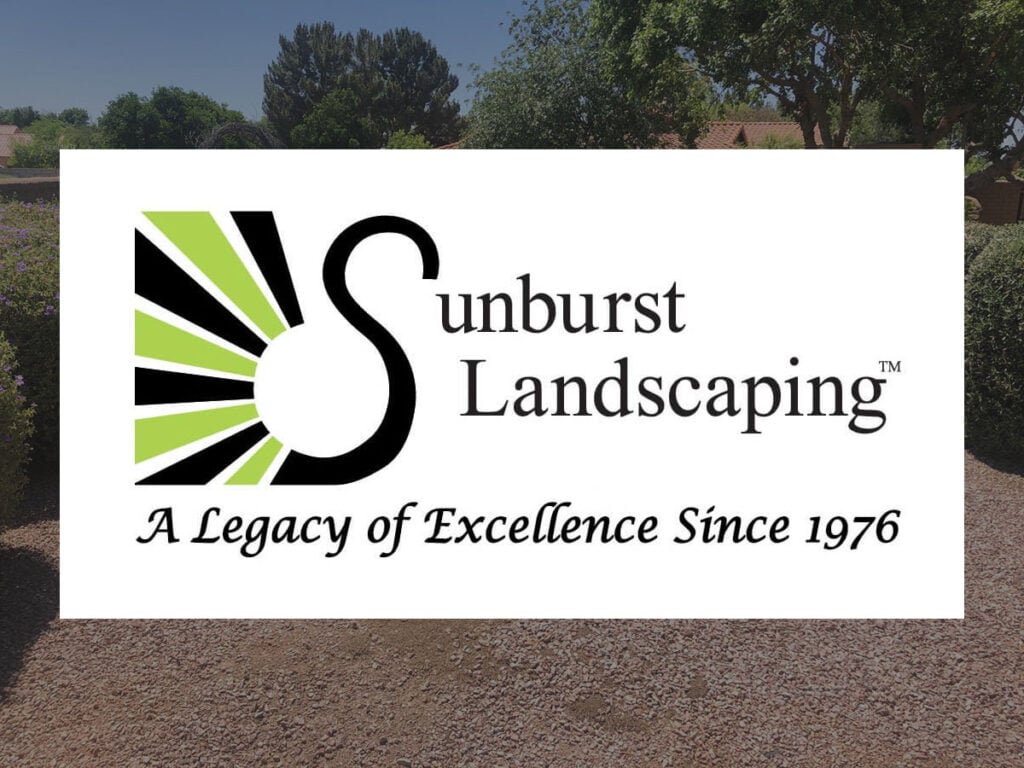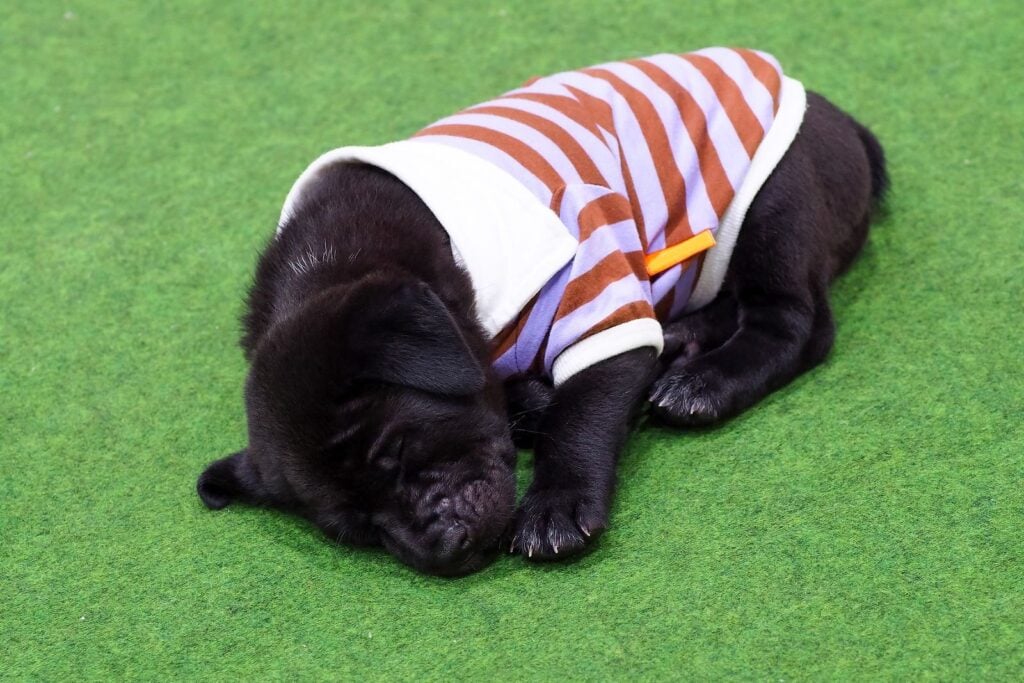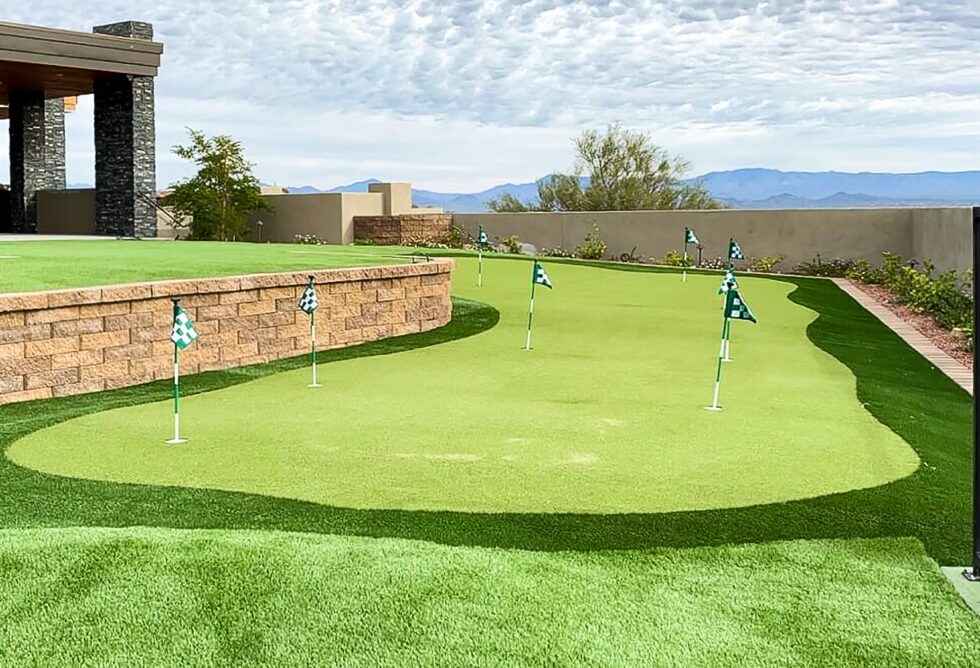With current market trends that favor products labeled as either ‘all-natural’ or ‘organic’, homeowners tend to view artificial grass with wary eyes. As much as possible, consumers want to limit their family’s contact with anything synthetic, and this includes installing artificial turf on their lawns.
To ease these worries, several government agencies invest a considerable amount of time and money conducting several scientific studies to determine the health and environmental impact of artificial turf.
The Truth about Synthetic Grass
The U.S. Consumer Product Safety Commission and other statewide government agencies have performed over 50 independent research studies on how artificial turf can affect human health. So far, all tests conducted from 2008 to 2010 revealed no public health concerns on the use of synthetic grass although ongoing studies are expanding the parameters of the previous studies to confirm.
Another study, this time conducted by the California Office of Environmental Health Hazard Assessment, stated that, even upon close contact with an open skin abrasion, the chemicals found in artificial turf are not significant enough to cause an infection.
So far, none of the other studies conducted have claimed that synthetic grass is even remotely dangerous. Instead, these studies verified the benefits claimed by the experts in the rubber industry.
Saving the Environment
According to the U.S. Environmental Protection Agency, an average family of four use up to 400 gallons of water a day while a typical grass sports field requires around a million gallons of water each year. Just imagine, with this much water consumption for a single household or playing field, how much more is the overall total consumption for the whole country?
Thankfully, the installation of synthetic grass on sports fields and lawns has enabled the country to save around four to eight billion gallons of water in 2010 alone. As a result, tax credits and rebates are being offered to entice residential and commercial areas to make the switch and ultimately reduce the water consumption in their respective states.
In addition, the installation of synthetic turf has greatly diminished the need for pesticides and fertilizers, and helped reduce other wastes brought by maintaining natural grass lawns (e.g. grass clippings and noxious emissions from mowers).
Don’t let the terms “artificial” and “synthetic” fool you, as not all things chemically-made is bad for you. Read and do your own research, then decide if installing artificial turf on your lawn is indeed a worthy investment.
Contact us today to get started.
Sources:
Government & Agency Position Statements, SyntheticTurfCouncil.org
Crumb Rubber Fear vs. Facts, RecycledRubberFacts.org



